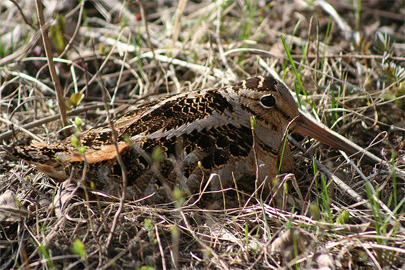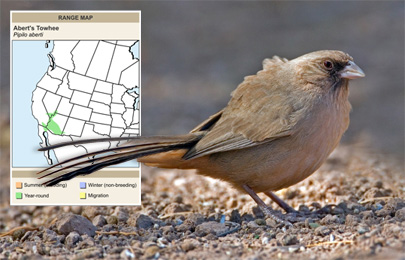My daughter called to say she’d seen a bird she couldn’t find in her field guide, a mystery bird, and asked if I could help. “Sure, just describe it.” After a lifetime of birding I was pretty confident. I’d only had one bird that threw me (I’ll get to that in a moment). But first, here’s what my daughter said. “It’s brown and kind of big, like a pigeon, but it’s no pigeon; it’s got a long beak. Kind of funny looking. It walked a lot, but when it took off it had pretty big wings. I can’t find it in my book anywhere.”
Ah, an easy one for the bird detective in me. “You saw a woodcock,” I said. “Look under ‘American Woodcock.’” A moment later, after some page rustling she squealed, “Yeah, there it is, that’s what I saw!”

Being a bird detective is fun. Maybe you’d like to try it. Let me tell you about the bird that threw me. I’ll give you some clues. While you’re taking a minute to process them I’ll step aside and ramble a bit about a subject that’s somewhat related to the mystery. Then I’ll reveal the answer.
Here are the clues: Sonoran Desert, fade of day. I was hearing a piercing Wheep! Not much like any bird call I knew. It would be followed by silence, then another Wheep! I located its source without binoculars. A tan bird, robin-sized, but thinner. It had a black face, making it look somewhat like a female Cardinal, but no crest. It was on the ground and seemed unruffled by my approach.
I went to my Peterson’s Western Birds. But for once, I wasn’t sure where in the book to look. I could rule out the first half. This wasn’t a water bird, hawk, hummingbird or woodpecker (the bill was unremarkable). It wasn’t thrush-like, or dove-like, and it was too big to be a sparrow. It might have been a flycatcher, but it was on the ground. It looked a little like a Catbird, but not enough to be a relative.
This was like searching a dictionary for the spelling of a word, but you can’t find the word since you don’t know how to spell it. It’s kind of fun to be stymied like this. Other problems…an upcoming business presentation, financial woes, the waistline consequences of eating dessert five nights in a row, a recently discovered bald spot…these momentarily disappear.
Most of us enjoy detective stories, but how often are we given the chance to be in one?
The clues again: Arizona dusk. A clear, penetrating Wheeeep! A well-proportioned bird, suggesting a Catbird. Tan except for the face, which is black; no crest. It walks on the ground with no dovish head bobbing. When approached, it flies to a nearby bush and soon returns, not much concerned about people.
What is this species? Go ahead, think about it; check your bird guides if you want. Meanwhile, there’s one piece of the puzzle I didn’t mention: The bird wasn’t actually in the wilds of the Sonora Desert. It was on the grounds of a hotel in Scottsdale, Arizona. This is somewhat significant because it adds a bit of irony. You see, when you finally locate it in the field guide, this bird is described as a “secretive bird of the desert.”
Its range is correctly shown as a narrow swath of purple overlaying a part of the southwest which includes Scottsdale. But it’s supposed to be a desert bird. And secretive. What was it doing hopping around and singing next to guests and lawnmowers in the manicured gardens of a suburban hotel?
When I’d been birding in the arid back country earlier that day, I’d seen virtually no birds; the desert was big, hot, and stone silent. Yet here in a smoggy Scottsdale sunset, this “secretive” bird was openly going about his business and calling out as though he owned the place. And who could blame him? Why would a baking wilderness be preferred to a hotel’s tended grounds?
The same question could explain why my early morning hikes into the back country revealed adventurous landscapes but no interesting wildlife. But when I jogged at dawn around our hotel, I saw Anna’s and Broad-Tailed Hummingbirds, Canyon Wrens, Gila Woodpeckers, Gilded Flickers, Steller’s Jays, Mockingbirds, Gambel’s Quail and even a Golden Eagle.
But, enough suspense:
The mystery bird is Abert’s Towhee. Pipilo Aberi. Did you get it? And would you have expected to see it in a populace suburb? Well, maybe the spread of fertile human habitation has caused wild birds to change their preferred habitat. Should our expectations also change? And our field guides be rewritten, maybe lose the “secretive bird of the desert” description?
Will wilderness become even more silent, while suburbs get exotic birdsong, and also provide new habitat for deer, bobcats, coyotes, bears and other opportunists? That’s not much of a detective story. It seems this case has been closed.

